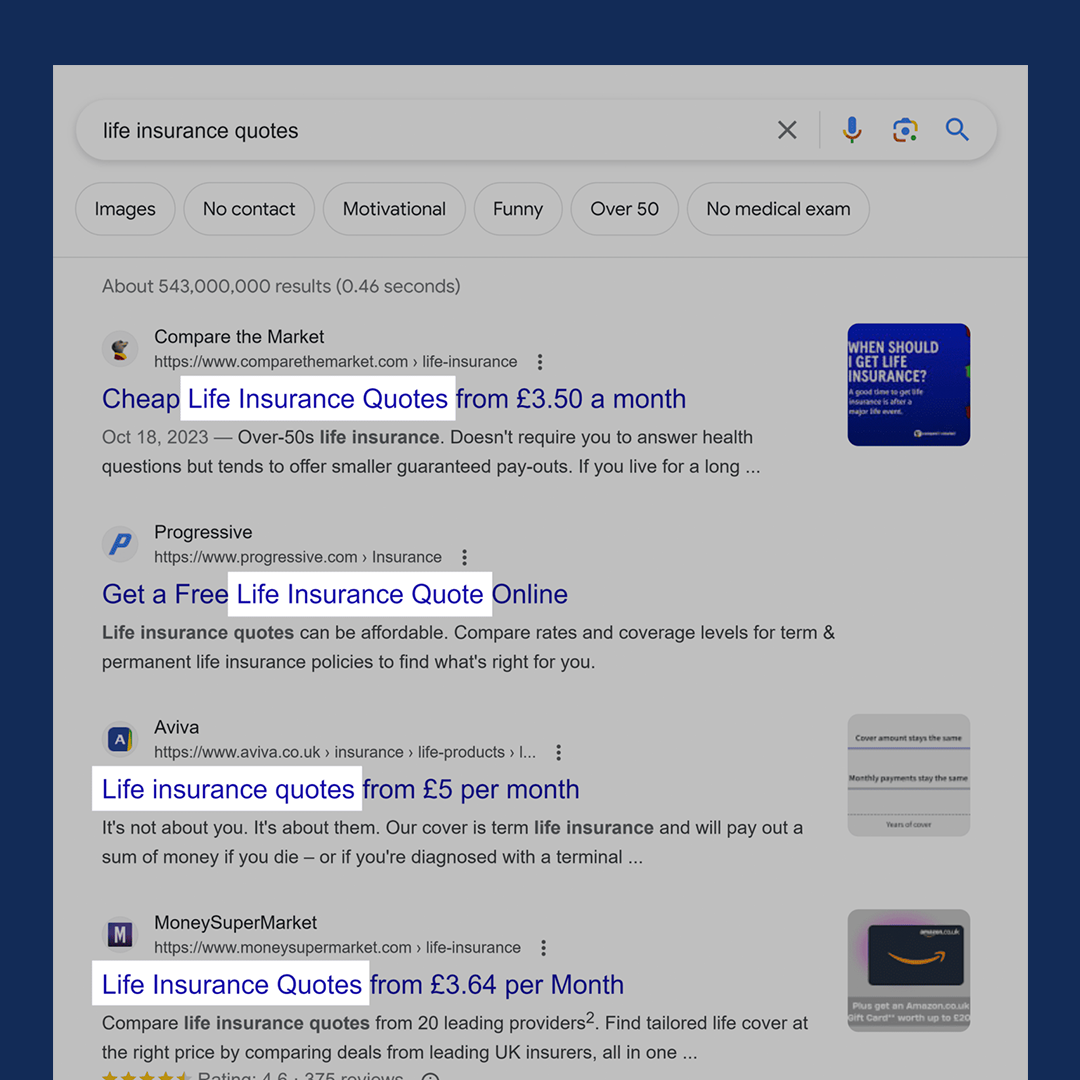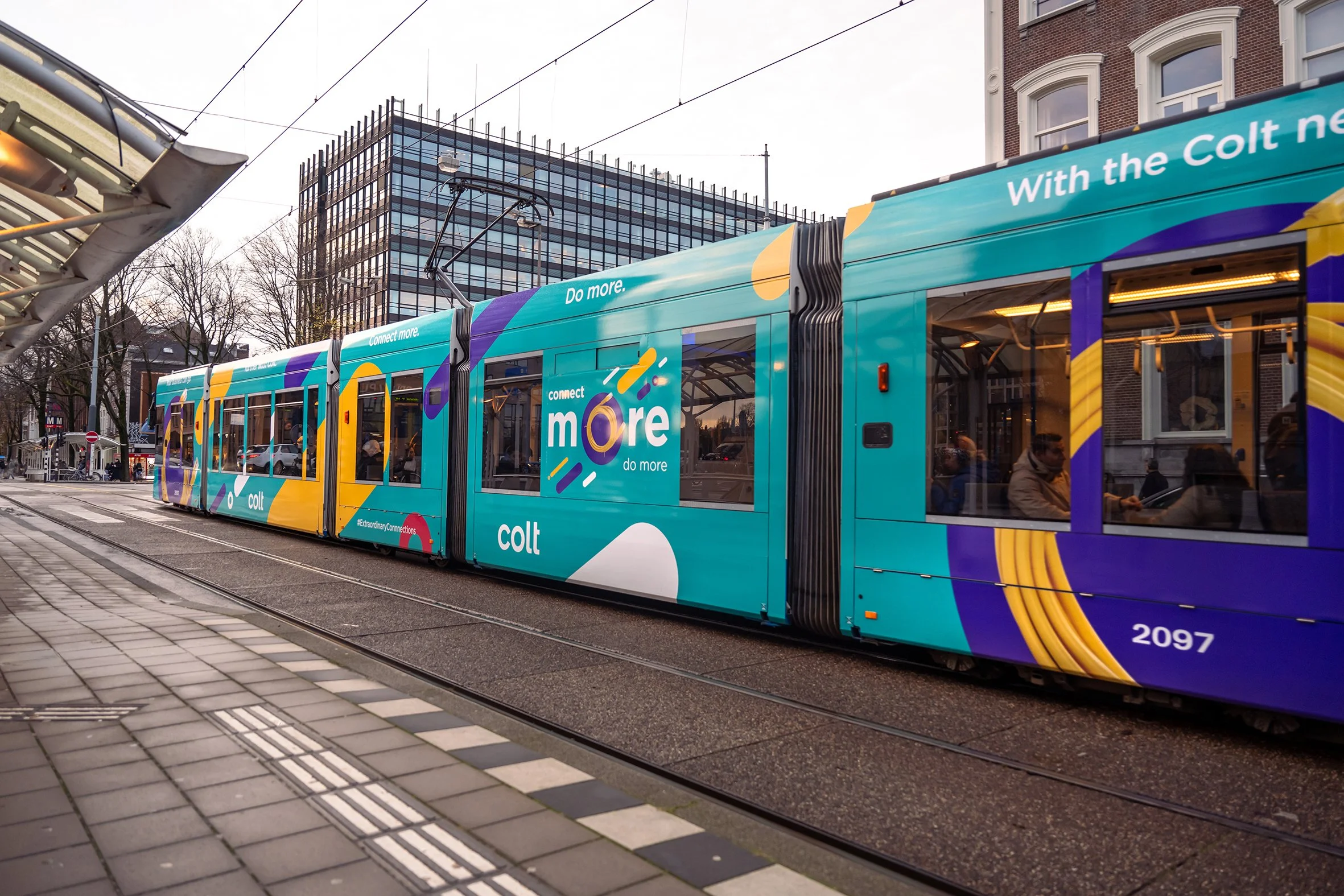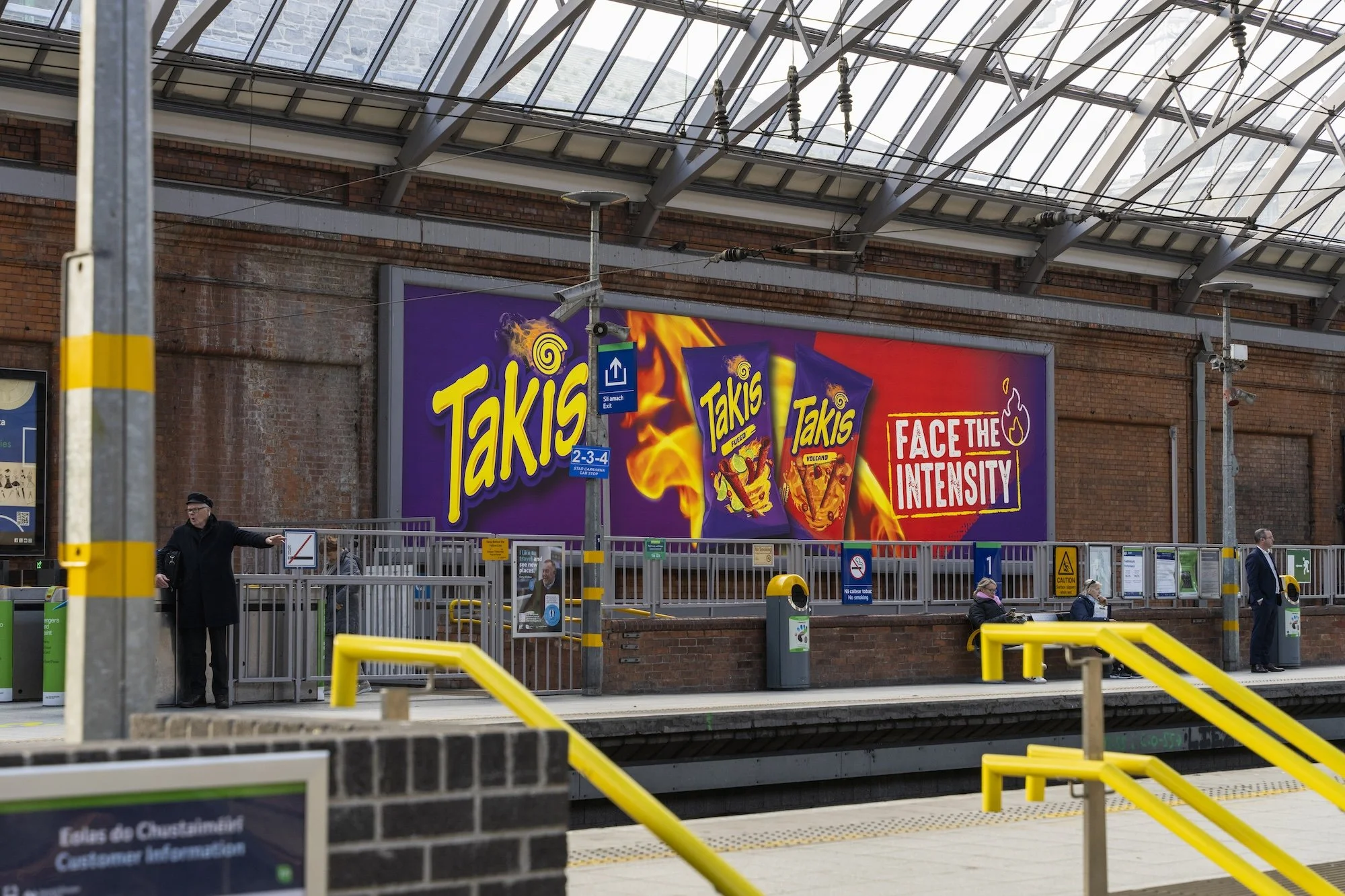
A UK SEO Agency
Search Engine Optimisation (SEO)
SEO Agency in Manchester
Generate organic sales, leads and brand awareness with Search Engine Optimisation.
Search Engine Optimisation has never been so fragmented - and important. Whilst the average number of clicks to Google continues to increase every year, search behaviours are changing, with LLM searches such as SearchGPT quickly gaining market share.
At the same time, changes to traditional search results have eroded the real estate and click-through rates of organic search results - meaning only the strongest sites that have invested in achieving great visibility will win.
Regardless of where users are searching, the fact remains that your customers are searching for your goods and services every day, so it’s important that they find your brand rather than your competitors.
We find that:
It’s common for large, reputable sites to neglect the basics of SEO, leaving money on the table.
For established brands, simple tweaks and ongoing effort can yield massive ROI.
Organic search delivers visitors with the highest intent, proactively searching for a product or solution to meet their needs.
Emerging brands with lower authority need to find inventive ways to generate traffic organically whilst they ‘catch up’ with established competitors.
SEO is often misunderstood due to misinformation and plenty of ‘noise.’ But SEO campaigns can be delivered in a clear, understandable and scalable way, yielding Tangible results in the long term.
As an experienced SEO agency in Manchester, we work closely with ambitious brands, big or small, to help deliver lean SEO campaigns that drive a predictable and continually expanding source of leads and sales for your business.
SEO: The Facts
Search engine optimisation plays a vital role in the long term success of any B2B and B2B brand. According to recent research, the benefits of SEO are clear:
Google searches represent 90.15% of the total search volume worldwide
68% of all online experiences begin with a search engine Bright-edge
43% of e-commerce traffic comes from organic Google search results.
60% of marketers cite inbound marketing as their top source of high-quality leads (Hubspot)
Over 92% of keywords get fewer than 10 monthly searches - not all of the search results are ‘saturated’
How One Day Agency can help.
We’ve worked in SEO for many years and have seen virtually everything the industry has to offer—from common SEO sticking points to Google algorithm updates and shifts in search behaviour. With this experience, we’ve developed tried-and-tested methods for optimising websites that have stood the test of time—and are likely to continue doing so.
Our all-senior team also recognises that significant changes are happening in search, not just in the platforms where users are searching, but in how they search. The way your potential customers discover information is evolving, and our agile team is quick to adapt strategies in response.
Having worked with leading eCommerce brands, ambitious startups launching brand-new domains, and established B2B websites, we’re well-equipped to help you unlock your organic visibility potential. Whether your goals are lead generation, sales, brand awareness, or online reputation management, we can support you in achieving them.
SEO: What works?

Working with all major CMS’s.
Magento SEO
Woocommerce SEO
Bigcommerce
Shopify SEO
Latest Campaigns.
See below our latest work in marketing, click or tap to view.
Technology Services - International OOH Campaign
FMCG - Out-of-Home Campaign in Ireland.
Non-Alcoholic Beer - Out-of-Home Campaign & TV

Meet the Team
Klaudia
Head of Department
Shelby
SEO & Digital Media
Scott
SEO & Digital Media
“Competing organically in SERPs can drive sustained product and brand growth and SEO is a wildly neglected area since typically sits within web agencies with different agendas. We are specialised in all kinds of SEO with modern view of SEO.”
Ricardo Seixas, Founder and CEO, One Day Agency
Frequently Asked Questions.
-
Yes—without a doubt. We work with clients who continue to see long-term gains from SEO, from steady traffic growth to lower acquisition costs. While trends shift, the fundamentals of good SEO still deliver serious value when done right.
-
It depends on your goals and timelines. PPC delivers quick wins and fast traffic, while SEO builds a sustainable presence over time. The sweet spot is to use PPC for immediate results and data insights, while SEO strengthens your organic footprint in the background until it becomes your leading source of sales and leads.
-
We track what really matters— organic conversions and sales first followed by organic traffic, keyword visibility and other metrics. Every month, we learn something about your site and business which helps to build stronger, more target results over time.
-
SEO is one of the most effective ways to drive sustainable, high-intent traffic to your website. It goes beyond just rankings—it's about building visibility, credibility, and long-term growth. Here’s why it matters:
Drives organic traffic to supplement your ad spend
Paid visitors and organic visitors are often two completely separate personas - so it’s never one or the other. Once you rank, you can attract consistent traffic to supplement your paid spend and boost search engine real estate for your brand.Reaches users with intent
SEO puts your brand in front of people who are actively searching for your products, services or answers—making them far more likely to convert.Builds trust and credibility
Appearing at the top of search results sends a strong trust signal. Combine that with quality content and user experience, and you’ve got a brand that earns attention and respect.Supports the entire funnel
From awareness to consideration and conversion, SEO can target users at every stage of the journey with tailored content that answers their questions and guides decision-making.Improves user experience
A big part of SEO is technical—like improving site speed, mobile usability, and clear navigation. These aren’t just ranking factors; they also make your site better for visitors.Offers long-term ROI
While it takes time to build, a well-optimised site delivers returns long after the initial work is done. The compounding value of SEO makes it a smart long-term investment.Keeps you competitive
Your competitors are doing it. If you're not, you're giving up ground—whether it's local, national or international.

Full-funnel Advertising Agency
What our clients are saying…
Read More About SEO.
A UK SEO Agency In Manchester
Contact us or book a video call today.


























